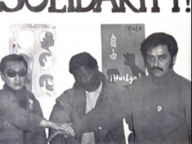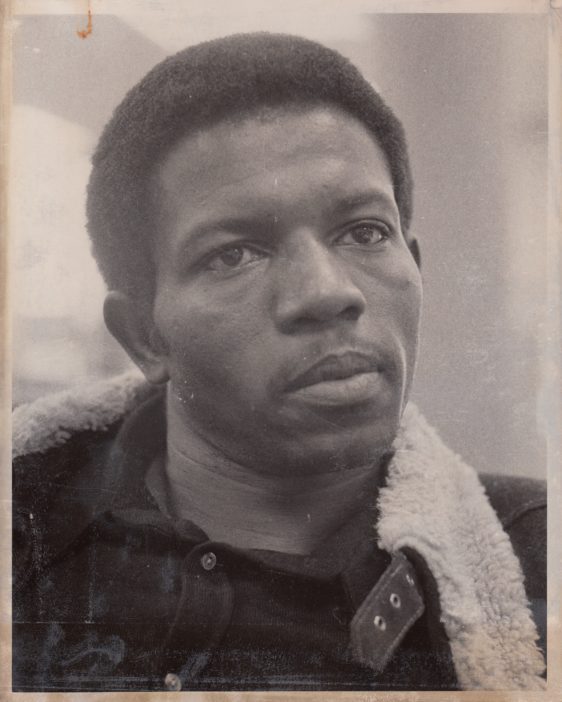When given the opportunity talk about his experience at the Rainbow Sign, Charles Brown frequently reiterated that his was a background role. He supported Mary Ann Pollar in every way possible as she used her gift for communication and fast friendship to draw together a larger community and bring to life her dream of a Black cultural center.
In the late 1960s, Brown was a student activist at UC Berkeley, where he helped found the UC Berkeley Jazz Festival and established relationships with legendary music critic Ralph Gleason and a host of musicians from Nina Simone to Miles Davis. Through those connections, he came to know Pollar, who had been a successful folk concert promoter for over a decade and was looking for a building to house her vision.
Pollar’s enthusiasm was infectious, and soon after meeting her, Brown found himself driving around town with her looking for a suitable space. Many people, Charles included, were skeptical when Pollar picked 2640 Grove Street: they worried that they would not be able to dispel the pall cast on the building by its previous life as a mortuary. They needn’t have worried.

In this iconic image of Berkeley’s Third World Liberation Front, Charles Brown is the figure in the center.
Brown’s business savvy and musical acumen were not his only assets to Mary Ann Pollar. An older student, he was prominent on campus as president of the first Black Student Union at the university (although it should be noted that he and the other students organizing for the institution of a Third World college insisted to be referred to as the Third World Liberation Front). His experience theorizing and organizing against imperialism, white supremacy and capitalism lent him a perspective that dovetailed nicely with Pollar’s aim to use cultural dialogue as a tool of resistance.
The fact that Brown was convinced so quickly by Pollar’s vision for a cultural club ruptures oversimplified assumptions about how, in the early-70s, radical activists of color were thought to advocate self-defense and direct action above all else. For Brown, the word could be just as mighty as a gun, and music was mightier than both combined.
At the Rainbow Sign, Charles was anything and everything Pollar needed him to be. He was a front-of-house manager for most events and restaurant proceedings, head of personnel and a secretary of sorts. He always seemed to be on the phone. “I was really sort of the assistant,” he recalled, “just helping her with this and that. The ideas were all hers, the contacts were all hers, the money was all hers. She financed all this out of her own pocket or contacts with people. The uniforms and the people who worked there. The dishes, the food, and you really need to have seen it.”
